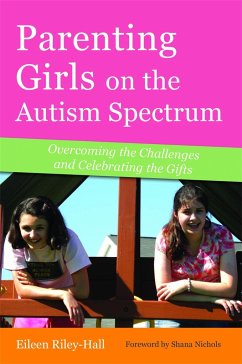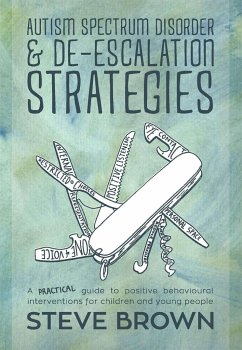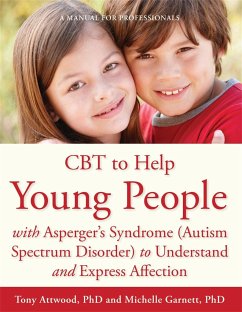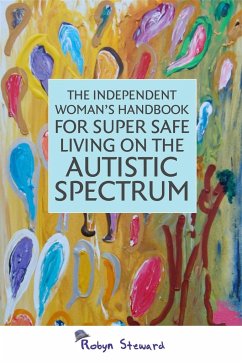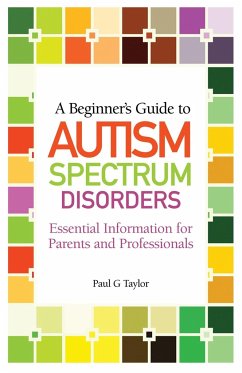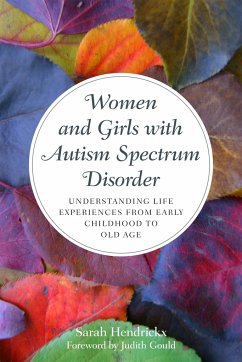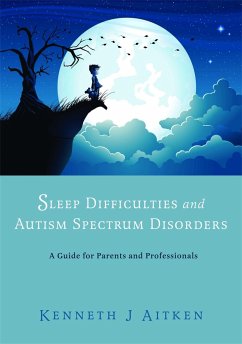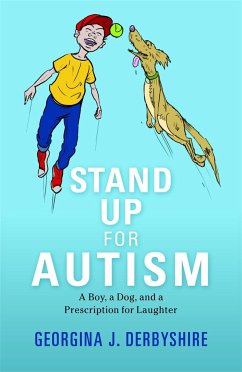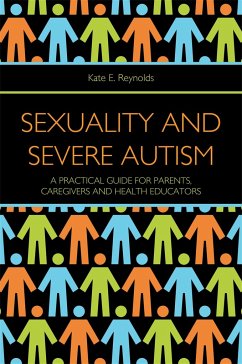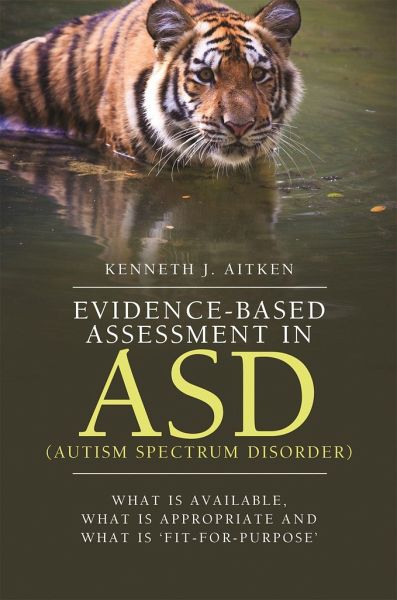
Evidence-Based Assessment in Asd (Autism Spectrum Disorder)
What Is Available, What Is Appropriate and What Is 'Fit-For-Purpose'
Versandkostenfrei!
Versandfertig in über 4 Wochen
103,99 €
inkl. MwSt.
Weitere Ausgaben:

PAYBACK Punkte
52 °P sammeln!
Advocating for an increased emphasis on evidence-based practice, this book describes and analyses a wide range of available Autism Spectrum Disorder (ASD) assessment measures. It offers guidance on how to evaluate services and programmes and recognise which will be most effective in different scenarios for people with differing needs.




